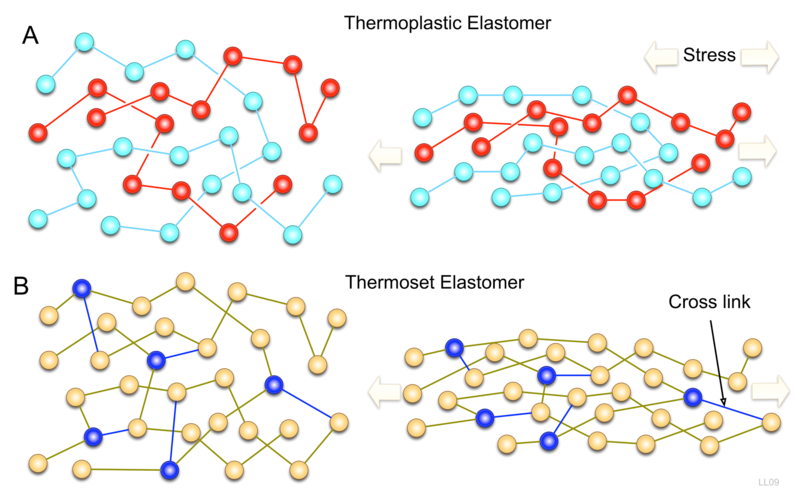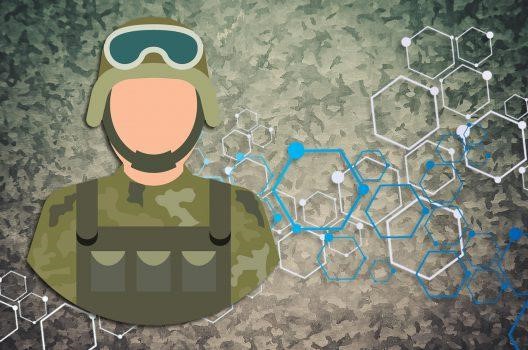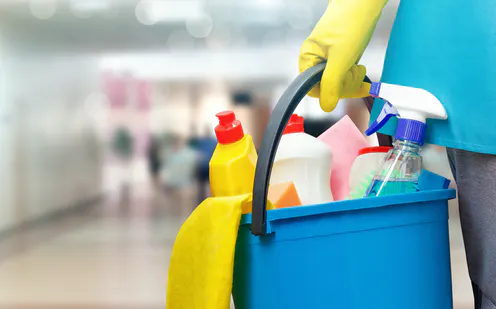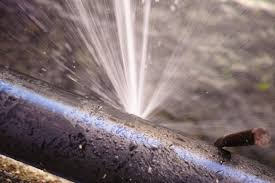Elastomers are a group of rubbery elastic materials. They can be stretched and then recover their original shape. They do this because the molecules comprising them are in long wiry coiled chains that are extended when force is applied but then snap back (sometimes quickly, sometimes slowly) to their original compacted arrangements.
The word was invented as an abbreviation of “elastic polymer”. Rubber is a naturally occurring elastomer, while the silicone hose you use in your car is based on molecular chains containing silicon instead of carbon. Butadiene rubber is another synthetic elastomer, manufactured from crude oil.
Vulcanisation
Rubber was first imported to make soft, bouncy and elastic products in the eighteenth century, but manufacturers soon discovered its potential was limited by a tendency to go soft when warm and too hard when cold. A little experimentation revealed that adding chemicals like sulphur or lead combined with heat treatments greatly extended its temperature tolerance. The result – vulcanised rubber – enabled tyres suitable for the motor car. (More about vulcanisation is available at https://encyclopedia2.thefreedictionary.com/Vulcanised+rubber.
How sulphur and other additives cross-link with the elastomer chains is still not fully understood, so producing quality products is as much alchemy as it is science. Cross-linking additives also improve qualities like solvent and chemical resistance. Even sand is sometimes added to rubber or silicone to produce harder-wearing products.
The technology for producing and handling elastomers has developed so much over the years and almost anything is now possible. You can find Rubber Injection Moulding from companies such as www.meadex.co.uk/ that mean you can have items created in almost any shape and size.
Silicone
Silicone (polydimethylsiloxane) is an exceptionally successful elastomer. It’s found in silicone hose, car tyres, non-stick pans, oven-proof “plastics”, shoes, drive-belts, lubricants, gaskets and a host of other products.
A great advantage of silicone is its tolerance across a wide temperature range, as low as -125° centigrade.
Polymer blends
A growing group of products are made by blending elastomers with other polymers and hydrocarbons. The result is a broad range of potential products with some very precise qualities. Elastomer blends can produce plastic-like materials in robust useful shapes that are easily returned to their elastic state for remoulding. Such materials can be continually recycled without finding their way into landfills.
Other astonishing qualities
Using electrical stimulation to contract and buckle elastomeric materials can alter the texture of their surface, or even their colour, much like the skin of an octopus or chameleon. In the future, elastomer products will include clothing and textiles whose appearance changes at the flick of a switch.




